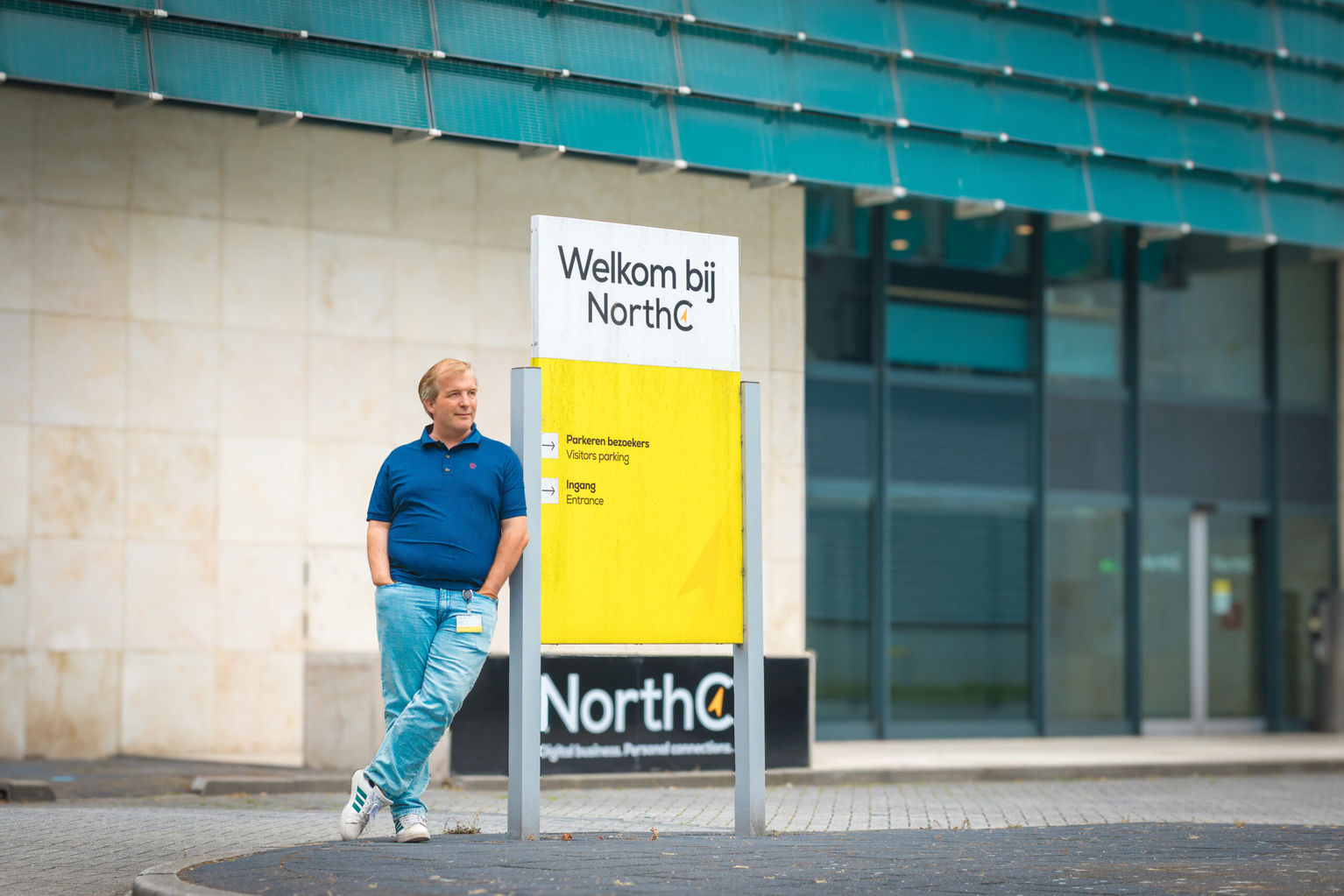Building Brands with Purpose: How a Brand Strategy Course Shaped Stefan’s Approach

Stefan recently completed Berghs’ 12-week Brand Strategy course. As a content and brand marketer working both in-house and with startups, he wanted to strengthen his strategic mindset and become more deliberate in how he builds and communicates brands. Read how the course helped him connect brand and business, sharpen his storytelling, and apply new frameworks in his daily work.
Hi STefan! who are you and what do you do?
Hi! I’m a content and brand marketer. I’ve worked in tech, from startups to corporations, always at the intersection of content, sales, and brand. Right now, I work in-house in a US tech company, leading content efforts that enable some 3,000 sales users. Besides that, I also work as a fractional brand / content marketer for startups.
You recently completed our brand strategy course. What made you choose this course?
As a content marketer, I’ve worked on various creative aspects of brand marketing over the years. This course felt like a natural continuation of my journey, as I wanted to learn how to be more intentional and deliberate when crafting stories behind a brand, and get a good foundation on how to systematically approach brand building.
What did you take away from the course?
I’d say a brand strategy mindset — understanding the bigger picture that I, as a brand marketer, need to be looking after. With this vision of a brand in mind, I can move forward, ask questions, align business and brand, use different tools and frameworks, but it’s this mindset that works as the glue and helps the brand grow.
What was it like having Rob Scotland as your instructor?
Rob was amazing! He was generous with sharing his experience, thought process, and his philosophy on brand building, along with hundreds of examples and frameworks. But most importantly, he taught us how to think about the brand, so that we can create, test, and refine our own approach.
What did you find the most fun or valuable during the course?
The “live brand surgery” was the best bit for me — Rob created space for a peer group, where we could all bring concrete brand challenges we’re working on and get the entire group to reflect and think about how to best approach the task at hand. Having the opportunity to get other classmates’ perspectives and Rob’s feedback was a perfect opportunity to apply what we’ve been studying right away. It’s one thing to learn about a framework, but an entirely different thing to actually be applying it intentionally.
Have you been able to apply what you learned?
I’ve been able to apply an incredible amount of what we’ve covered in the course already, both in-house and working with clients. I’ve used some new frameworks that connect the brand with the business side, defined a client’s brand manifesto, and created a blueprint on how I approach brand building.
What does a typical day at work look like for you?
It can go anywhere from being as hands-on as fixing a paragraph or a presentation to working on a six-month content strategy, getting feedback from sales users and subject matter experts and managing the content production process.
What’s the best part of your job?
Getting an emotion out of a person. I’ve worked in various environments, from marketing agencies to startups and corporations, and the single best thing about being a content marketer, or if you will, storyteller, is that you get to tell a story that ideally touches people and helps them make sense out of something, whether it’s footwear, groceries, or a piece of software.
And the challenges?
Finding the fine line so that the story I’m telling isn’t forced. This means checking my “creative” impulses all the time — it doesn’t matter whether I like a story or a narrative I’m working on. What matters is that the person for whom the story is intended feels seen, heard, helped, and informed.
Where do you find inspiration?
It might sound worn out, but anything can be a good source of inspiration — a subway conversation, a stand mixer manual, a gardening article, a religious text, Reddit thread, geography books. The key, I think, is to be intentional about it and look for stories. It’s a great exercise combining ideas or concepts like a “piece of B2B software” with “how Romans told the future based on how chickens pecked at grain”. Sure, you will end up with a pile of gibberish, but there will also be some good nuggets that you can use for your story.
Do you have a career tip you’d like to share?
Be playful when creating and ruthless when editing. As you take the first cut at your piece of content, whether it’s an article, marketing campaign, or a LinkedIn post, anything will fly. Go wide and think about how this message could sound witty, sombre, devastating, jubilant. Then take your editing lens on, and cut out half of it, then take out some more.
What would you say to someone considering taking this course?
Go for it! The course will give you the tools, resources, and a solid foundation of what makes a brand, but more importantly, it will teach you the mindset that’s essential when working with clients. If you commit to learning continuously, you will end up with confidence and be ready to ask tough but meaningful questions.
Related Articles

Approaching Problems with Empathy: Lessons from UX & Digital Product Design
Jit-Aree recently completed Berghs’ 12-week UX & Digital Product Design course.

How Art Direction & Digital Design Transformed bas’ Creative Approach
Bas recently completed Berghs’ 12-week Art Direction & Digital Design course.

Unlocking the Power of Influencer Marketing
Having recently finished Berghs' 4-week online Influencer Marketing course, we caught up with Malin Eklöf, Project Manager and PR Consultant based in Gothenburg.